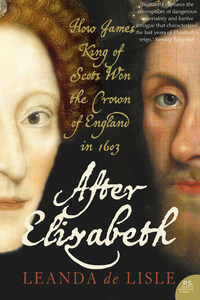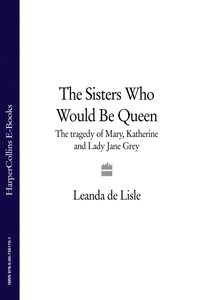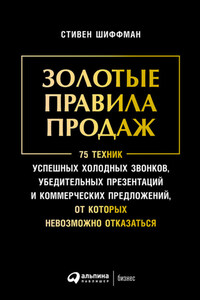SIR JOHN HARINGTON arrived at Whitehall in December 1602 in time for the twelve-day Christmas celebrations at court. The coming winter season was expected to be a dull one, though the new Comptroller of the Household, Sir Edward Wotton, was trying his best to inject fresh life into it. Dressed from head to toe in white he had laid on dances, bear baiting, plays and gambling. The Secretary of State, Sir Robert Cecil, lost up to £800 a night â an astonishing sum, even for one who, according to popular verse, ruled âcourt and crownâ. Behind the scenes, however, courtiers gambled for still higher stakes. Harington observed that Elizabeth I, the last of the Tudors, was sixty-nine and although she appeared in sound health âage itself is a sicknessâ.>1 She could not live forever and after a reign of forty-four years the country was on the eve of change.
To Elizabeth, Harington was âthat witty fellow my godsonâ. Courtiers knew him for his invention of the water closet, his translations of classical works, his scurrilous writings on court figures and his mastery of the epigram, which was then the fashionable medium for comment on court life. In the competition for Elizabethâs favour, however, courtiers were expected to reflect her greatness not only in learning and wit but also in their visual magnificence. They did so by dressing in clothes âmore sumptuous than the proudest Persianâ. A miniature depicts Harington as a smiling man in a cut silk doublet and ruff, his long hair brushed back to show off a jewelled earring that hangs to his shoulder. Even a courtierâs plainest suits were worn with beaver hats and the finest linen shirts, gilded daggers and swords, silk garters and show roses, silk stockings and cloaks.>2
This brilliant world was a small one, though riven by scheming and distrust. âThose who live in courts, must mark what they say,â one of Haringtonâs epigrams warned, âWho lives for ease had better live away.â>3 Harington, typically, knew everyone at Whitehall that Christmas, either directly or through friends and relations.>4 Elizabeth herself was particularly close to the grandchildren of her aunt Mary Boleyn, known enviously as âthe tribe of Danâ. The eldest, Lord Hunsdon, was the Lord Chamberlain responsible for the conduct of the court. His sisters, the Countess of Nottingham, and Lady Scrope, were Elizabethâs most favoured Ladies of the Privy Chamber. But Harington also had royal connections, albeit at one remove. His estate at Kelston in Somerset had been granted to his fatherâs first wife, Ethelreda, an illegitimate daughter of Henry VIII. When Ethelreda died childless the land had passed to John Harington senior. He remained loyal to Elizabeth when she was imprisoned following a Protestant-backed revolt against her Catholic sister Mary I, named after one of its leaders as Wyattâs revolt, and when Elizabeth became Queen she rewarded him with office and fortune, making his second wife, Haringtonâs mother Isabella Markham, a Lady of the Privy Chamber. It was the hope of acquiring such wealth and honour that was the chief attraction of the court.
Harington once described the court as âambitionâs puffballâ â a toadstool that fed on vanity and greed, but it was one that had been carefully cultivated by the Tudor monarchy. With no standing army or paid bureaucracy to enforce their will the monarchy had to rely on persuasion. They used Arthurian mythology and courtly displays to capture hearts, while patronage appealed to the more down-to-earth instincts of personal ambition. Elizabeth could grant her powerful subjects the prestige that came with titles and orders; the influence conferred by office in the Church, the military, the administration of government and the law; there were also posts at court or in the royal household. She could bestow wealth with leases on royal lands and palaces, offer special trading licences and monopolies or bequeath the ownership of estates confiscated from traitors.









